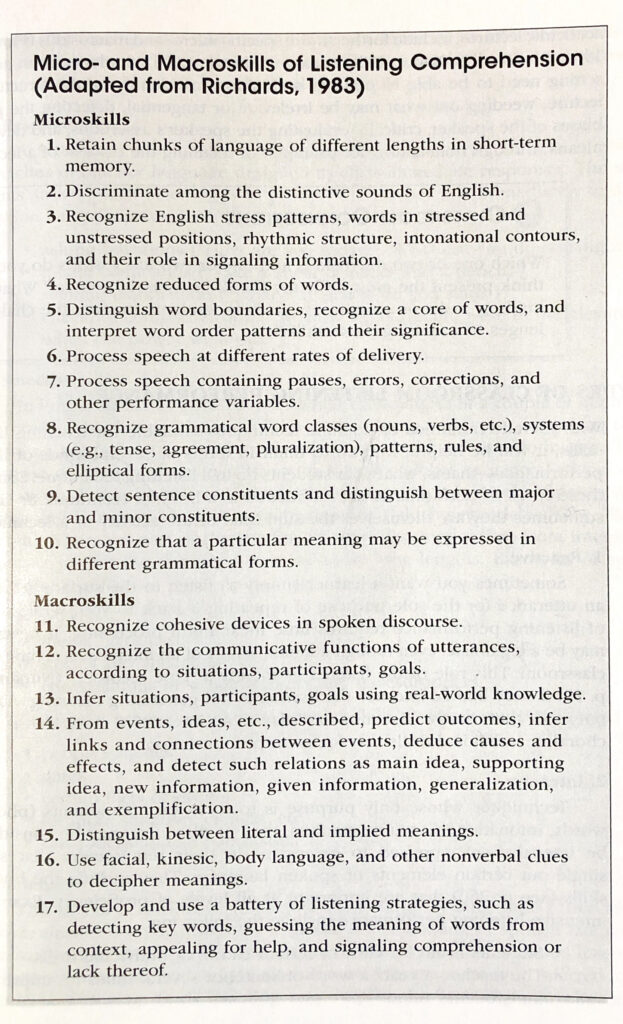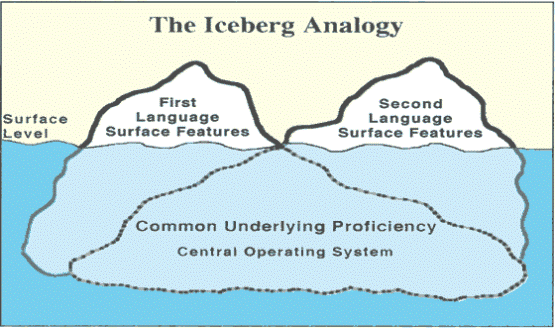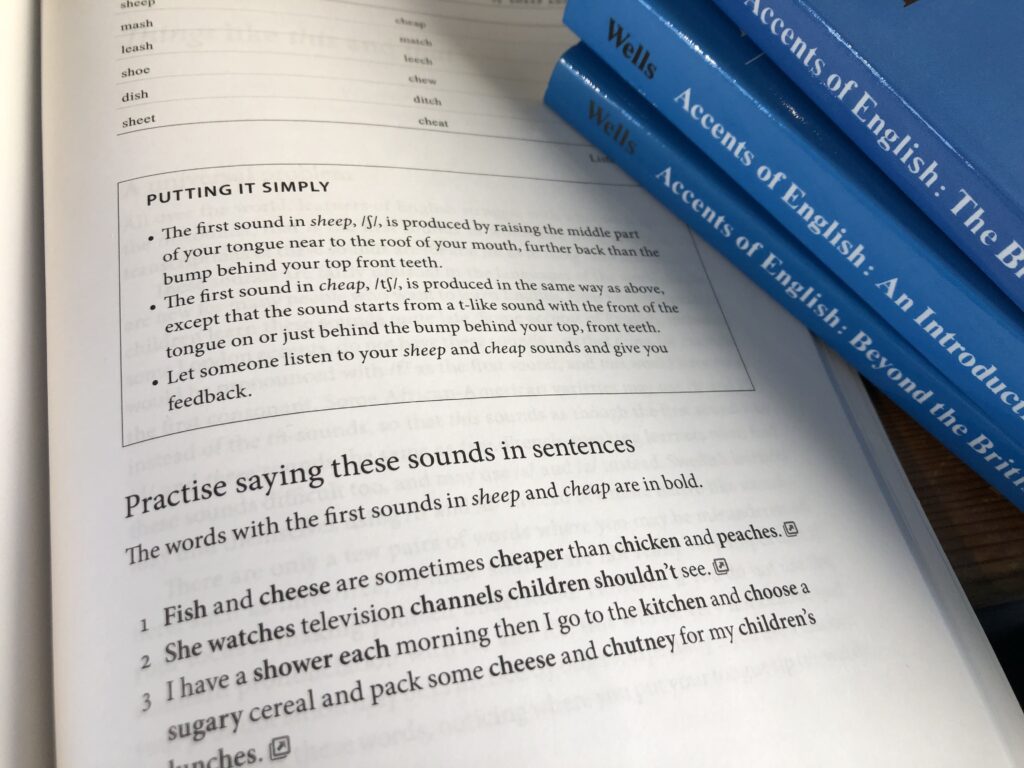
While language teachers are generally very aware of the importance of vocabulary development for learners, there is not much consensus about the way vocabulary should be learned and taught, or indeed which vocabulary items to focus on. We have been struck by the research of Professor Averil Coxhead at Victoria University of Wellington in New Zealand, ever since she presented the Academic Word List as her MA work in 1998 (see Coxhead 2000 below).
She has more recently continued to examine the use of word lists and vocabulary testing in language teaching and learning. We are delighted to present here a video of our conversation with Averil. We have divided it into two as it is almost an hour in total because there was very little we wanted to omit in editing!
Part 1 of our conversation with Averil, on vocabulary testing and teaching, and the importance of word frequency for prioritising what vocabulary to teach and learn.
Part 2 includes a beautiful idea for working with a class to select the vocabulary that is worth learning.
Here is a transcript of the entire interview with Averil.
Reading
Dang, T. N. Y., Webb, S., & Coxhead, A. (2020) Evaluating lists of high-frequency words: Teachers’ and learners’ perspectives. Language Teaching Research.https://doi.org/10.1177%2F1362168820911189
Skjelde, K. & Coxhead, A. (2020). Mind the gap: Academic vocabulary knowledge as a predictor of English grades. Acta Didactica Norden 14(3): 1—20. https://doi.org/10.5617/adno.7975
And further reading
Coxhead, A. (2000). A new academic word list. TESOL Quarterly, 34(2), 213-238.
Coxhead, A., Parkinson, J. & Tu’amoheloa, F (2020). Using Talanoa to develop bilingual word lists of technical vocabulary in the trades, International Journal of Bilingual Education and Bilingualism, 23(5), 513-533, DOI: 10.1080/13670050.2017.1374329
Norberg, C., & Nordlund, M. (2018). A corpus-based study of lexis in L2 English textbooks. Journal of Language Teaching & Research, 9(3).
Averil mentions these websites:
Other resources
Advanced learners’ dictionaries help you in many ways. Look at the Oxford learners’ dictionary pages and the 3000 and 5000 word lists as well as advice on how to work with them.
Other dictionary publishers offer resources too, such as this vocabulary checker from Longman.
The Swedish Kelly list is also useful with resources for Greek, Arabic, Chinese, English, Italian, Russian Norwegian as well as Swedish.








